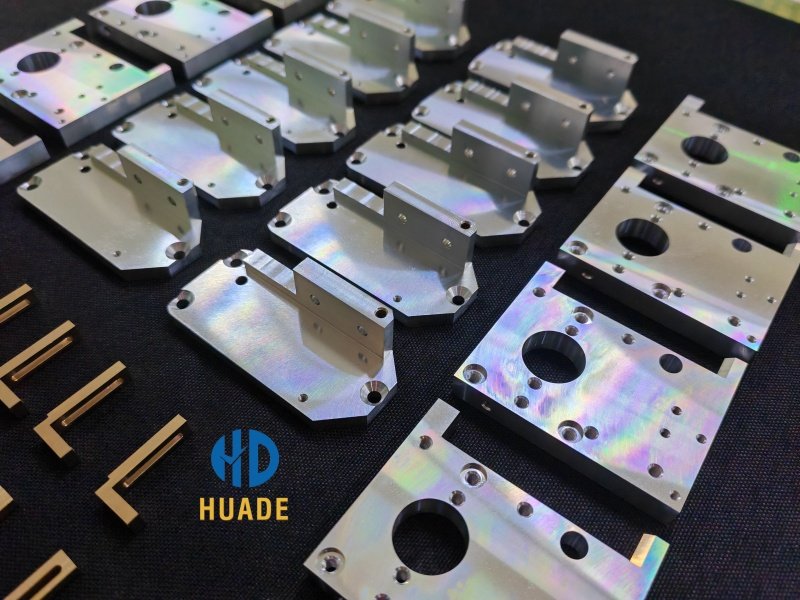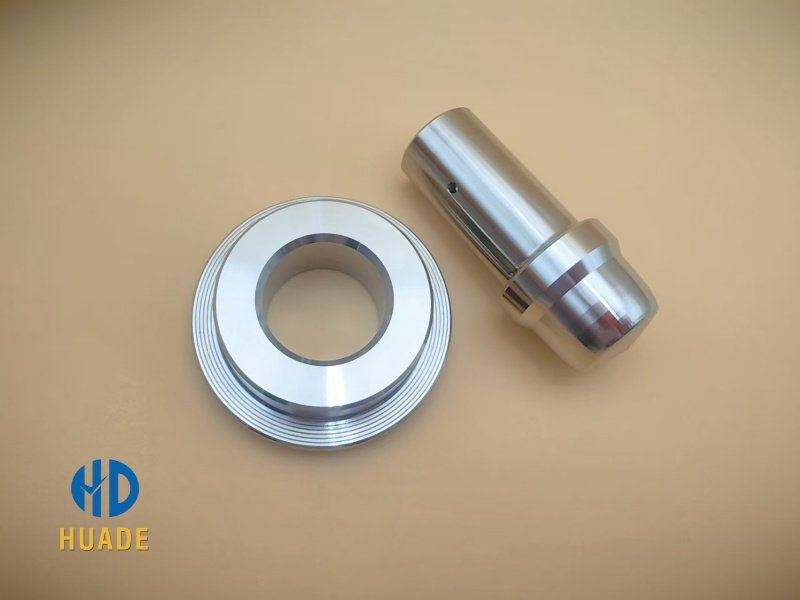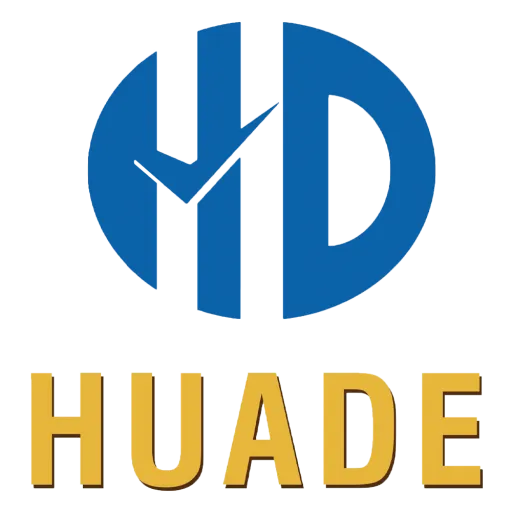In the world of CNC machining parts, achieving flawless surface finishes and dimensional accuracy is paramount. Whether you’re producing automotive components, aerospace fittings, or industrial tools, processes like CNC honing stand out as essential for elevating part quality. This advanced finishing technique refines internal surfaces, such as bores and cylinders, to micron-level precision. But CNC honing doesn’t operate in isolation—it’s often paired with complementary elements like abrasive wheels and effective deburring methods to deliver superior results. In this blog, we’ll explore how these elements work together to optimize your manufacturing workflow.

Understanding CNC Honing: The Core of Precision Finishing
Precision honing is a controlled abrasive process that uses honing stones or tools to remove minimal material while improving geometry, surface texture, and tolerances. Unlike traditional machining, CNC honing integrates computer numerical control for repeatable accuracy, making it ideal for high-volume production of CNC machining parts.
Why is CNC honing a game-changer for your projects?
- Improved Surface Finish: It achieves Ra values as low as 0.1 microns, reducing friction and wear in applications like engine cylinders or hydraulic components.
- Enhanced Dimensional Control: By correcting out-of-roundness or taper, precision honing ensures parts meet strict tolerances, often down to 0.001 mm.
- Versatility Across Materials: From aluminum alloys to hardened steels, CNC honing handles a wide range without compromising integrity.
For manufacturers specializing in CNC machining parts, incorporating CNC precision honing can reduce rejects and extend tool life, ultimately lowering costs. At Dongguan Huade Precision Manufacturing Co., Ltd, our state-of-the-art CNC finishing services are tailored to custom orders, ensuring your parts perform reliably in demanding environments.
Integrating Abrasive Wheels for Optimal Honing Performance
No discussion of CNC honing is complete without addressing abrasive wheels—the key tools that drive the process. These wheels, often diamond or cubic boron nitride (CBN)-infused, are mounted on CNC-controlled spindles to deliver consistent pressure and motion.
Abrasive wheels are customizable based on part specifications:
- Abrasive Grit Selection: Finer grits for polishing-like finishes; coarser for initial stock removal.
- Wheel Geometry: Conical or flat designs adapt to bore shapes, enhancing efficiency in complex CNC machining parts.
- Durability and Speed: High-quality abrasive tools withstand high RPMs, minimizing downtime and maximizing throughput.
In practice, pairing the right abrasive tools with CNC precision honing can boost productivity by 20-30%. For instance, in producing precision pistons, these honing tools ensure uniform cross-hatch patterns that improve lubrication retention. If you’re sourcing CNC machining parts, consider how upgrading your abrasive tools can streamline your honing operations. Our team at Huade offers expert consultations to match wheels to your honing needs, ensuring seamless integration.

Deburring Methods: The Essential Follow-Up to CNC Honing
After CNC precision honing, burrs—those unwanted raised edges from prior machining—can undermine the final quality. This is where effective deburring methods come into play, acting as a crucial auxiliary step to maintain the integrity of CNC machining parts.
Common deburring methods include:
- Mechanical Deburring: Using brushes, tumblers, or vibratory finishers to physically remove burrs without altering honed surfaces.
- Electrochemical Deburring: Ideal for intricate parts, this method dissolves burrs via electrolysis, preserving the precision achieved through CNC honing.
- Thermal Deburring: Explosive gas mixtures burn away burrs in seconds, perfect for high-volume runs.
Choosing the right deburring methods depends on material and part complexity. For aluminum CNC machining parts, gentle vibratory techniques prevent surface damage post-CNC precision honing. In contrast, steel components might benefit from abrasive blasting for thorough cleanup.
Integrating deburring processes not only enhances aesthetics but also improves functionality—reducing the risk of part failure in assemblies. Studies show that proper deburring can increase part lifespan by up to 50%. At [Your Company Name], we combine precision honing with advanced deburring techniques to deliver ready-to-use parts, saving you time and resources.
Practical Examples and Tips for Implementing CNC Honing
To bring these concepts to life, let’s look at real-world applications and actionable tips for leveraging CNC precision honing, abrasive tools, and deburring techniques in your projects.
- Example 1: Automotive Cylinder Liners: A leading auto manufacturer used CNC precison honing with diamond-impregnated abrasive tools to achieve a 0.05-micron finish on cylinder liners, improving engine efficiency by 15%. Followed by vibratory deburring techniques, they eliminated micro-burrs, ensuring leak-proof seals.
- Example 2: Aerospace Components: For a turbine shaft, CNC precision honing corrected bore taper, while electrochemical deburring techniques removed internal burrs without affecting the honed surface, meeting stringent aerospace standards.
- Tip 1: Regular Wheel Maintenance: Inspect and dress abrasive tools every 50 hours to maintain honing consistency and avoid surface defects.
- Tip 2: Material-Specific Deburring: Test different deburring techniques on sample parts to find the best fit—e.g., thermal deburring for steel, mechanical for softer alloys.
- Tip 3: Monitor Tolerances: Use in-process gauging during CNC honing to adjust settings in real-time, ensuring precision across batches.
These examples highlight how a strategic approach to precision honing can transform your output. Partnering with a provider like Dongguan Huade Precision Manufacturing Co., Ltd can offer customized solutions, from selecting the right abrasive tool to optimizing deburring techniques for your specific materials and tolerances.
Bringing It All Together: Benefits for Your CNC Machining Projects
By centering your processes around CNC honing and supporting it with abrasive wheels and deburring methods, you unlock a trifecta of precision, efficiency, and quality. This approach is particularly valuable for industries like automotive, medical devices, and oil & gas, where CNC machining parts must endure extreme conditions.
Key advantages include:
- Cost Savings: Reduced material waste and fewer rework cycles.
- Faster Turnaround: Automated CNC systems accelerate production.
- Superior Quality: Smoother surfaces lead to better performance and customer satisfaction.
If you’re ready to elevate your CNC machining parts, contact Dongguan Huade Precision Manufacturing Co., Ltd today for a free quote on CNC honing services. Our experts can help integrate abrasive wheels and deburring methods into your workflow for optimal results.
Stay tuned for more insights on CNC technologies—subscribe to our blog for updates!
